
|
You entered: united states
 The United States At Night
The United States At Night
8.07.2000
This is what the United States of America looks like at night! Can you find your favorite US city in this image? Surprisingly, city lights make this task quite possible. The above picture is actually a composite of over 200 images made by satellites orbiting planet Earth.
 The United States at Night
The United States at Night
30.08.1997
This is what the United States of America looks like at night! Can you find your favorite US city on this image? Surprisingly, city lights make this task quite possible. The above picture is actually a composite of over 200 images made by satellites orbiting the Earth.
 The United States at Night
The United States at Night
17.06.1996
This is what the United States of America looks like at night! Can you find your favorite US city on this image? Surprisingly, city lights make this task quite possible. The above picture is actually a composite of over 200 images made by satellites orbiting the Earth.
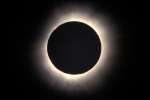 Total Solar Eclipse of 1979
Total Solar Eclipse of 1979
19.08.2017
From cold, clear skies over Riverton, Manitoba, Canada, planet Earth, the solar corona surrounds the silhouette of the New Moon in this telescopic snapshot of the total solar eclipse of February 26, 1979. Thirty eight years ago, it was the last total solar eclipse visible from the contiguous United States.
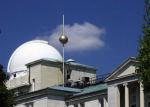 The USNO Millennium Time Ball
The USNO Millennium Time Ball
29.10.1999
In the nineteenth century, dropping a time ball from a prominent location was a practical way of communicating the time to the surrounding country side and ships at sea. Initiating a fledgling time service for the United States, the U.S. Naval Observatory dropped a time ball at precisely noon every day begining in 1845.
 Night Lights
Night Lights
4.11.2010
Constellations of lights sprawl across this night scene, but they don't belong in the skies of planet Earth. Instead, the view looks down from the International Space Station as it passed over the United States along the northern Gulf Coast on October 29. A Russian Soyuz spacecraft is docked in the foreground.
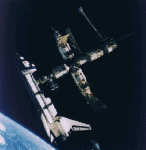 The Space Shuttle Docks with Mir
The Space Shuttle Docks with Mir
17.12.1995
Hundreds of kilometers above the Earth's surface, the United States Space Shuttle Atlantis docks with the Russian Space Station Mir. The photograph was taken by Nikolai Budarin from a Russian Soyuz spacecraft on July 4, 1995.
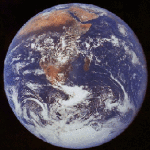 Earth from Apollo 17
Earth from Apollo 17
22.06.1995
In 1972 Astronauts on the United States's last lunar mission, Apollo 17, took this picture looking back at the Earth on their way to the moon. The continents of Antarctica and Africa are visible below the delicate wisps of white clouds. For more information see NASA NSSDC press release.
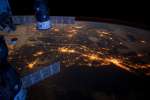 Yuri s Planet
Yuri s Planet
12.04.2013
On another April 12th, in 1961, Soviet cosmonaut Yuri Alexseyevich Gagarin became the first human to see planet Earth from space. Commenting on his view from orbit he reported, "The sky is very dark; the Earth is bluish. Everything is seen very clearly".
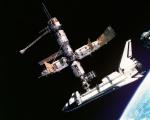 The Space Shuttle Docked with Mir
The Space Shuttle Docked with Mir
20.10.2002
Before there was the International Space Station, the reigning orbiting spaceport was Russia's Mir. Pictured above in 1995, the United States Space Shuttle Atlantis docked with the segmented Mir. During shuttle mission STS-71, astronauts answered questions from school students over amateur radio and performed science experiments aboard Spacelab.
|
January February March |
||||||||||||||||||||||||||||||||||||||||||||||||||||||||